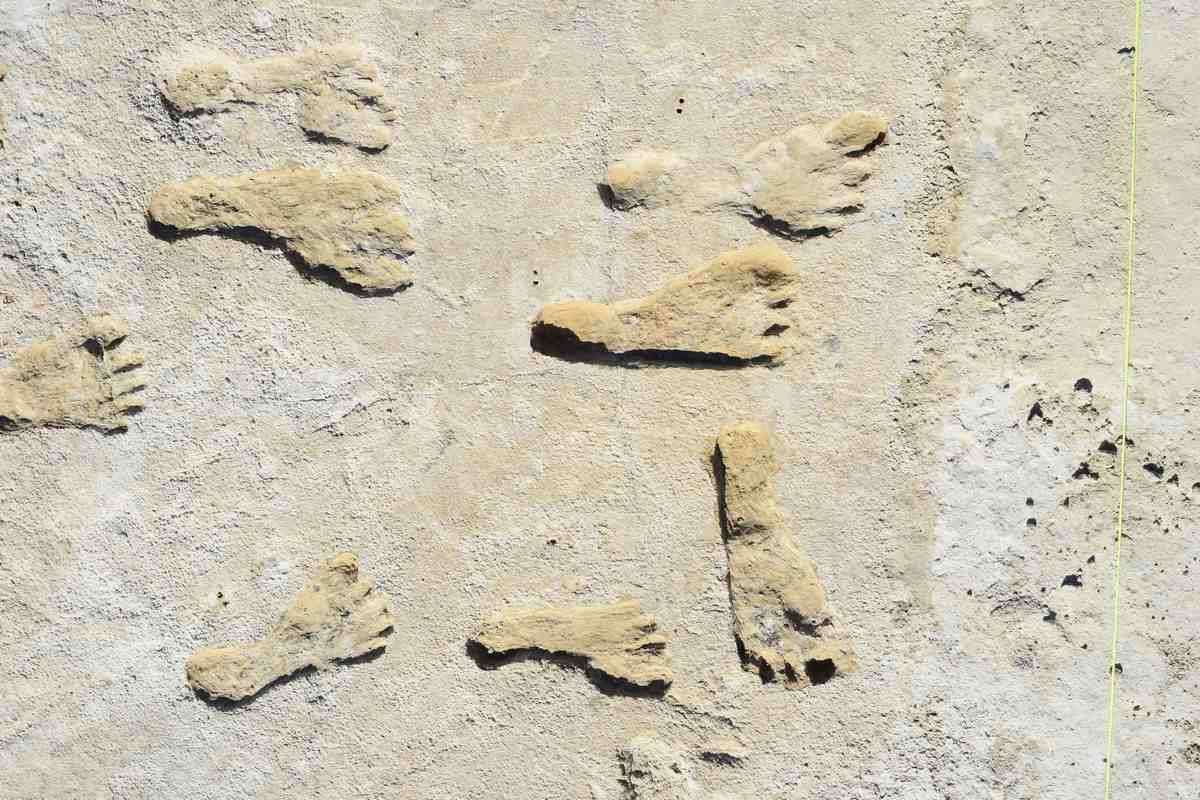Watching Symphonies Can Synchronize Heart, Lungs, and Even Electrical Impulses of the Listener
Most synchronization in humans is caused by a direct social interaction with another person and is typically found in breathing or walking.

It has long been hypothesized that humans arrived in North America while the last Ice Age was beginning to wane perhaps between 13,000 and 16,000 years ago, but after rigorous study and debate a new dating method for a set of fossilized human footprints found in White Sands, New Mexico shows humans were already here at least 21,000 years ago.
This was a time when the geographic extent of the ice sheet and glacier coverage on Earth's surface peaked, known as the Last Glacial Maximum.
When the first set of results was published in 2021, it kicked off a global conversation among the science community as to the accuracy of the ages. Using radiocarbon dating of seeds from the common aquatic plant Ruppia cirrhosa found among the fossilized impressions, the team came up with 21,000 years ago.
However aquatic plants can acquire carbon from dissolved carbon atoms in the water rather than ambient air, which can potentially cause the measured ages to be too old.
Co-lead author of the new study on the same footprints, Dr. Jeff Pigati at the US Geological Survey, says the latest findings back up what they found originally.
"The immediate reaction in some circles of the archaeological community was that the accuracy of our dating was insufficient to make the extraordinary claim that humans were present in North America during the Last Glacial Maximum," said Dr. Pigati.
"But our targeted methodology in this current research really paid off."
For the follow-up study the research team focused on radiocarbon dating of conifer pollen, because it comes from terrestrial plants and therefore avoids potential issues that arise when dating aquatic plants such as Ruppia.
The team used painstaking procedures to isolate around 75,000 pollen grains for each sample they dated. The pollen samples were collected from the exact same layers as the original seeds, so a direct comparison could be made.
In each case, the pollen age was statistically identical to the corresponding seed age.
"Even as the original work was being published, we were forging ahead to test our results with multiple lines of evidence," said Pigati's co-author, Kathleen Springer, also at the USGS. "We were confident in our original ages, as well as the strong geologic, hydrologic, and stratigraphic evidence, but we knew that independent chronologic control was critical."
The USGS team also used a different type of dating called optically stimulated luminescence, which dates the last time quartz grains were exposed to sunlight.
Using that method, they found that quartz samples collected within the footprint-bearing layers had a minimum age of around 21,500 years, providing further support to the radiocarbon results.
White Sands National Park writes the following about the footprints found in the park thus far, which along with human imprints include those of the dire wolf and giant ground sloth.
In 2018, researchers discovered what they believe to be footprints of a female. They tell a story that may seem familiar today; her footprints show her walking for almost a mile, with a toddler's footprints occasionally showing up beside hers. Evidence suggests that she carried the child, shifting them from side to side and occasionally setting the child down as they walked. The footprints broadened and slipped in the mud as a result of the additional weight she was carrying.
Based on stature and walking speed, it appears that most of the footprints in [the 2021 papre] come from teenagers and children. As reported in the journal Science,
"One hypothesis for this is the division of labor, in which adults are involved in skilled tasks whereas ‘fetching and carrying' are delegated to teenagers. Children accompany the teenagers, and collectively they leave a higher number of footprints that are preferentially recorded in the fossil record. This pattern is common to all excavated surfaces."
SHARE And ADD This National Park And Footprints To Your Travel Plans…
Be the first to comment